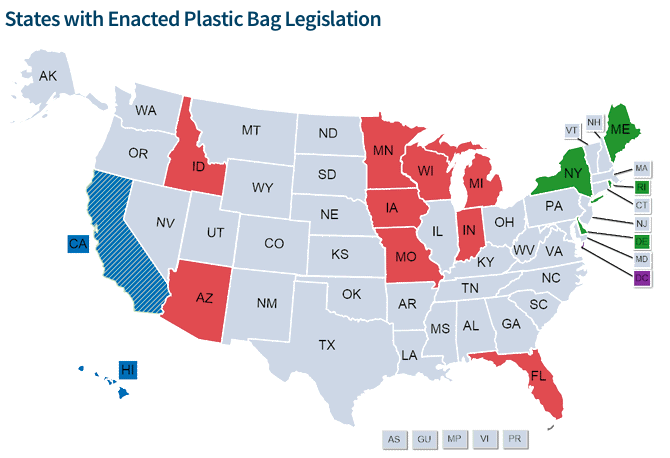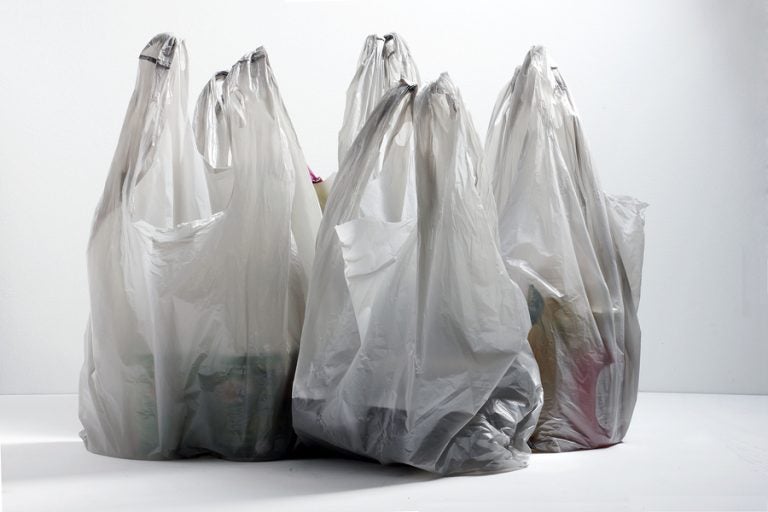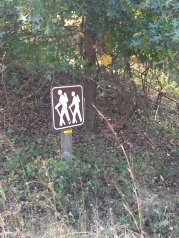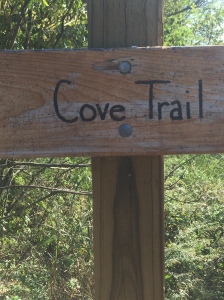Many people all over the world are interested into learning more about their ethnicity. Have you wondered if you’re of 40% Irish and 20% Latin descent? To many, this is very exciting and provides closure, leaving many to feel as if they’ve learned something about themselves on quite a personal level. Nowadays, it is easier than ever for one to purchase a DNA testing kit from their local drugstore or online for $200.00 or less to find out about their genetics. Unfortunately, many go for what’s convenient instead of accurate and are receiving false positives about their results. Although, there are many, lets just focus on the 2 popular ones AncestryDNA and 23andMe.
Lets talk ethnicity
According to the International Society of Genetic Geneology more than 15 million people have participated into taking these tests.
- Both of these kits provide different results if one were to take both of these tests.


- These results are just estimates.
- It is not known for sure what the exact percentage of one’s ethnic background.
- Both of these test use autosomal DNA testing (testing that traces beyond the 22 pairs of autosomal chromosomes, which hold the segments of DNA someone shares with those in their bloodline beyond the sex-linked X and Y chromosome).
- Autosomal DNA testing can trace back to 5 or 6 generations.
- X chromosome is one of the biggest chromosome and contains a huge number of important genes. Women have 2 copies and men have 1.
- Y chromosomes is only found in males.
- Mitochondrial DNA (mtDNA), found in males and females inside of the mitochondria of a cell.
- Because of recombination, ethnic admixture percentages will not represent expected ethnic percentages.
l
- 23andMe tests one’s mtDNA and YDNA therefore, it can determine your haplogroups (gives clarification on one’s ancestry from deep back in time).
- They use this DNA inherited from both sides of your family and compare it to other samples already in their database in order to determine your ethnicity.
- Computer can mistaken one’s ethnicity from another if there isn’t much genetic variation.
How its done
After a genetic company receives your saliva:
- They extract the DNA from it in order to make copies of it.
- Break those strands into smaller chunks.
- Feed them into a machine called a genotyping array
How Companies use your SNPs
- The company tells you what single nucleotide polymorphisms (SNPS) where
- inherited. However, every company looks at a different number of SNPS.
- SNPS are passed through generations, the more SNPS shared in common with others, the more likely you share common and recent ancestors.
- There’s about 3 billion base pairs the individual letter instructions of our genetic code-that make the human genome.

- The tests look out for the locations on the genome where people commonly vary from one another.
- Ancestry is estimated by comparing the SNP results with others already inside the companies genetic database.
- These tests are looking for evidence that one has with a common ancestors with others in the reference group and the results are changing as the companies gain more participants.
Genetic testing has a racial bias
- People of European descent have a disproportionately high number of regions in these 2 tests than any other ethnic groups.
- Minorities have more vague descriptions than white people since there is a lesser number of those people in their database.
- This past summer, 23andMe was only able to trace people sub-Saharan Africa, this area has a lot of ethnic diversity but, due to a lack of African participants, they could only trace back to 3 broad regions.
- Thanks to the 1000 Genomes project and their African Genetics Project there will be more details for those of African and East Asian decent.
- 23andMe could match you to an Ashkenazi heritage but maybe not a specific geographic location.
Sheldon Krimsky:Professor in Humanities and Social Science at at Tufts Unversity
Said in e-mail- “Groups for which there has been a lot of admixtures and migrations would be the most difficult to establish a clear lineage, such as Spanish heritage people. Native Americans can be difficult because they have resisted providing their DNA information to companies or government agencies. The reference data base for Elizabeth Warren’s heritage DNA evaluation came from indigenous groups in Mexico said to have migrated from the United States. The results would have been more accurate had they come from reference databases from the United States Native American groups.“
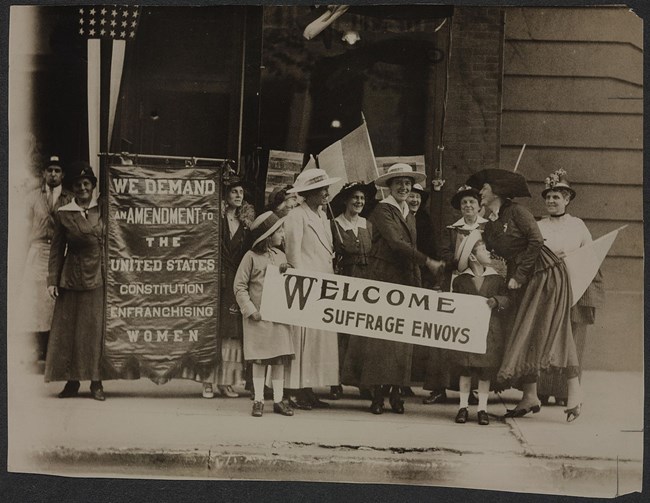

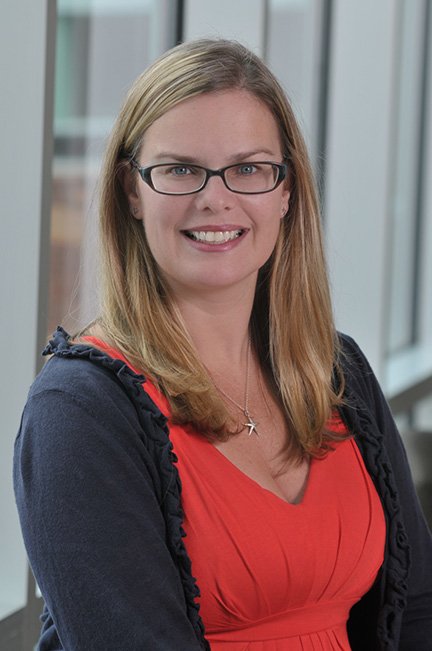

![IMG_0644[1]](https://greenpowergardenstate.files.wordpress.com/2019/10/img_06441.jpg?w=1100)
 This was the first place I could think of since I remember visiting this place when I was very young in elementary school for a girl scouts field trip. So, it was nice to go back and interview Robert Rothschild because when he was telling me about how he enjoys helping kids get engaged with learning about nature it reminded be of when I had the exact same experience.
This was the first place I could think of since I remember visiting this place when I was very young in elementary school for a girl scouts field trip. So, it was nice to go back and interview Robert Rothschild because when he was telling me about how he enjoys helping kids get engaged with learning about nature it reminded be of when I had the exact same experience.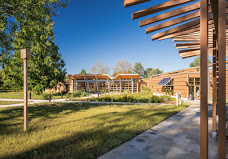 In this particular blog I talk about how this place was the best fit for a final assignment, it captured everything I talked about in this entire blog and similar to how I talked about my content into this one place. It was also true to its nature and how its creation is environmentally based.
In this particular blog I talk about how this place was the best fit for a final assignment, it captured everything I talked about in this entire blog and similar to how I talked about my content into this one place. It was also true to its nature and how its creation is environmentally based.



![IMG_0723[1]](https://greenpowergardenstate.files.wordpress.com/2018/12/IMG_07231.jpg?w=352&h=263)
















